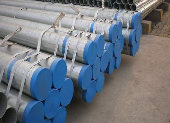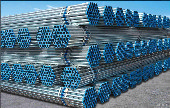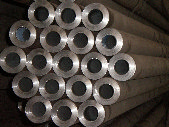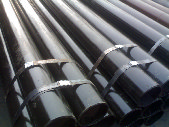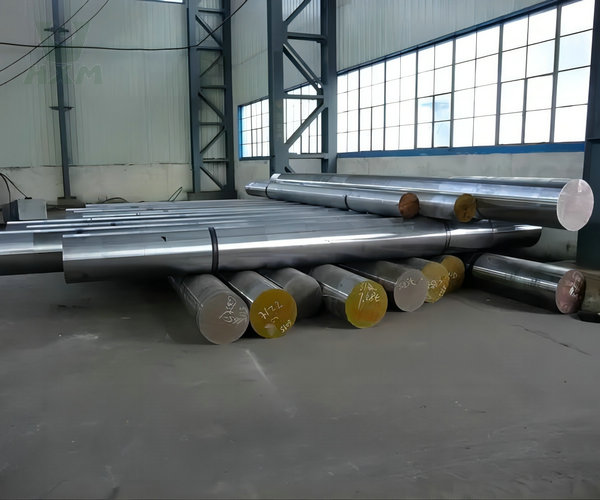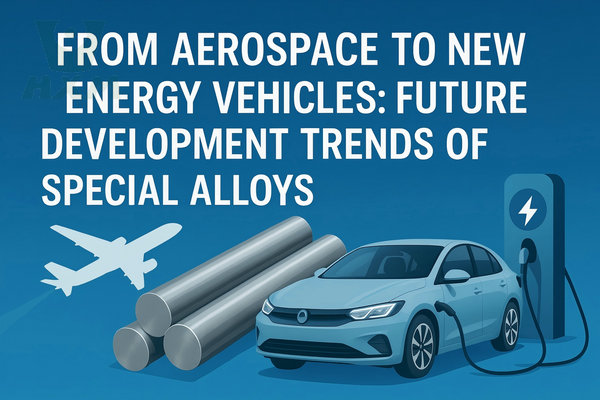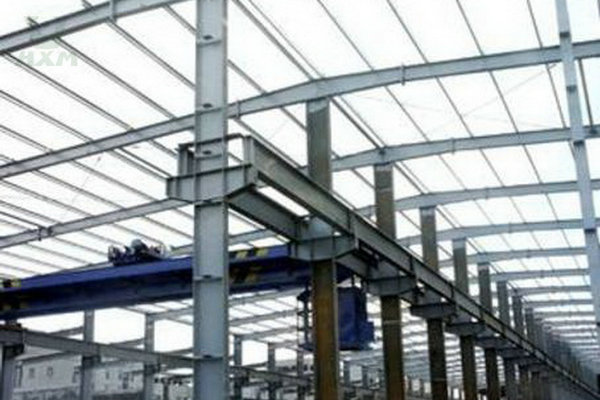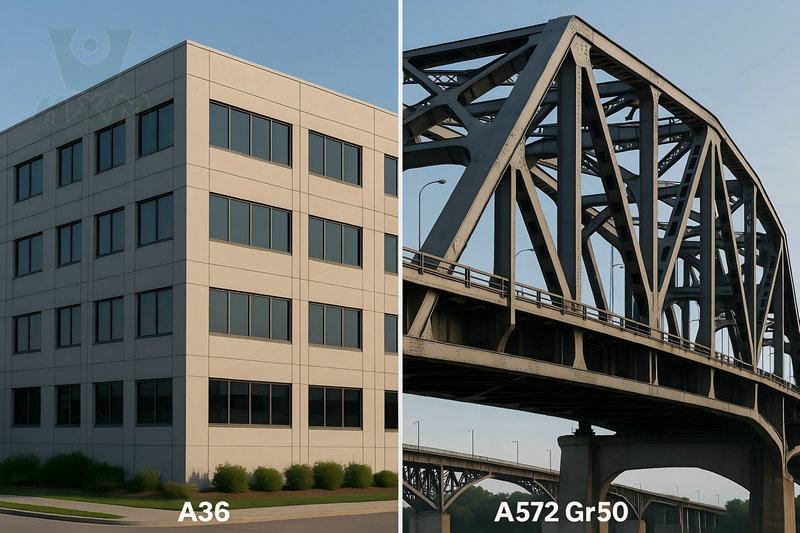Carbon steel pipes are one of the most commonly used materials in the fields of construction, machinery, chemical industry, etc., and their international standards vary. In the global market, the standards of carbon steel pipes affect their manufacturing, performance, and adaptability to usage scenarios. This article will introduce in detail the differences in carbon steel pipe production from four perspectives: German standards, British standards, EU standards, and Japanese standards, to help customers better understand how to choose products that meet their needs.
German Standard Carbon Steel Pipe (DIN Standard)
German standards are mainly formulated by DIN (German Institute for Standardization) and are widely used in industries, machinery manufacturing, and other fields. German standard carbon steel pipes have high mechanical performance requirements, especially in terms of pressure resistance and corrosion resistance.
Representative Standards: DIN 17175, DIN 2448
Advantages: high tensile strength, suitable for use in high-pressure and high-temperature environments, especially suitable for boiler tubes and heating systems.
Application Scenarios: petroleum, chemical, boiler manufacturing, and other industries.
British Standard Carbon Steel Pipe (BS Standard)
The British Standard (BS – British Standards) is a long-standing industrial standard system with wide application and good international recognition. British standards focus on product quality and safety and meet the needs of global engineering applications.
Representative Standards: BS 1387, BS EN 10255
Advantages: Good rust resistance and corrosion resistance, and the standard has strict regulations on the thickness and weldability of steel.
Application Scenarios: water supply and drainage pipelines, construction engineering, machinery and equipment manufacturing.
British standards are widely used in Europe, especially in Commonwealth countries, and are suitable for projects with higher safety requirements.
EU Standard Carbon Steel Pipe (EN Standard)
The EU Standard (EN – European Norms) is jointly formulated by several European countries to provide unified specifications for steel trade between different countries. EU standards cover all aspects from material selection to process control, with good compatibility and consistency.
Representative Standards: EN 10216, EN 10255
Advantages: It can ensure the consistency of the product, and has good anti-oxidation and corrosion resistance, suitable for use in various environments.
Application Scenarios: oil and gas pipelines, marine engineering, industrial manufacturing, etc.
EU standards emphasize environmental protection and sustainability, meet the requirements of green buildings, and are widely used in the European market.
Japanese Standard Carbon Steel Pipe (JIS Standard)
Japanese Standards (JIS – Japanese Industrial Standards) strictly stipulate the chemical composition, mechanical properties, and dimensional tolerances of steel and are widely used in the Asian market. The advantages of JIS standards are their high precision and strict quality control.
Representative Standards: JIS G3452, JIS G3454
Advantages: high dimensional accuracy, and good durability, especially in terms of seismic resistance and wear resistance.
Application Scenarios: construction, shipbuilding, automobile manufacturing, and other fields.
Japanese Standard Carbon Steel Pipe is suitable for projects that require high precision and has a wide customer base in the Asian market.
Difference of Different Standard Carbon Steel Pipe
Carbon steel pipes are an indispensable basic material in modern industry. There are many international standards for them, mainly including German standards, British standards, EU standards and Japanese standards. These standards have significant differences in manufacturing processes, performance requirements and applicable scopes. Understanding these differences is essential for choosing the right product.
| Specification | ASTM (USA) | DIN (Germany) | JIS (Japan) | EN (Europe) |
|---|---|---|---|---|
| Region | USA | Germany | Japan | EU |
| Common Grades | A106, A53 | St37, St52 | STPG370, STPG410 | P235TR1, P355N |
| Measurement System | Inch | Metric | Metric | Metric |
| Applications | Pressure piping, boiler, oil & gas | Machinery, structural | HVAC, water lines | Boilers, energy systems |
| Test Methods | Tensile, hydro, NDT | Mechanical, hydro | Hydro, mechanical | Impact, hydro, NDT |
| Notable Standards | A106, A179 | DIN 1629, 2448 | JIS G3454, G3455 | EN 10216-1, EN 10210 |
Contact us now and our team will reply within 12 hours with full pricing, lead time, and documentation.
Selection Suggestions for Carbon Steel pipes of Different Standards
In international trade and engineering projects, carbon steel pipes of different standards have their own advantages. Choosing the right standard requires weighing the specific requirements of the project. German standards are suitable for high pressure and high temperature environments, British standards focus on rust resistance and safety, EU standards emphasize consistency and environmental protection, and Japanese standards focus on high precision and durability.
Choosing the right carbon steel pipe standard is crucial for project success, regulatory compliance, and cost control. At Huaxiao Metal, we supply ASTM, DIN, JIS, and EN standard carbon steel pipes with full mill test certificates and global shipping support.
Contact us today to get expert advice, request pricing, or download datasheets.
In Conclusion:
1095 carbon steel is well suited for applications that require high hardness and excellent edge retention, such as high-performance cutting tools and precision blades. However, it can be more brittle and more difficult to weld.
1060 carbon steel strikes a good balance between toughness and hardness, making it suitable for general-purpose tools, large knives, and swords. It is easier to weld and has better impact resistance, although it may not hold an edge as long as 1095 steel.
The choice between the two depends on whether extreme hardness and wear resistance (1095) or toughness and ease of welding (1060) are the priorities.

